Welcome to the exciting world of the Pokémon TCG rules for beginners, where kids and parents can team up to battle with favorite Pokémon like Pikachu, Charizard, and Eevee! This family Pokémon TCG guide is a fantastic way to bond, spark creativity, and teach valuable skills like strategy and problem-solving. Whether you’re a kid eager to start battling or a parent looking for a Pokémon TCG family activity, this Pokémon card game for kids simplifies the official basic Pokémon TCG rules into an easy-to-follow, family-friendly format. Plus, we’ll share tips to keep your cards safe with TCG Protectors’ premium accessories.
Why dive into how to play Pokémon TCG with the family? It’s more than just a card game—it’s a shared adventure that brings families together. Kids love collecting and battling with their favorite Pokémon, while parents enjoy the strategic depth and the chance to connect with their children. The game teaches critical thinking, math skills (through damage calculations), and sportsmanship, all while being endlessly fun. With TCG Protectors’ durable sleeves and binders, you can keep your cards in pristine condition, making every game a treasure to enjoy. For more on getting started, check our Beginner Pokémon TCG Guide.
Why Play Pokémon TCG? A Fun Family Pokémon TCG Guide

The Pokémon TCG for kids is more than just a card game—it’s a shared adventure that brings families together. Kids love collecting and battling with their favorite Pokémon, while parents enjoy the strategic depth and the chance to connect with their children. The game teaches critical thinking, math skills (through damage calculations), and sportsmanship, all while being endlessly fun. As a Pokémon TCG family activity, it encourages turn-taking, planning ahead, and celebrating wins (or learning from losses) together.
In 2025, with new expansions like Prismatic Evolutions adding shiny Eeveelutions, it’s the perfect time to start. Studies show games like Pokémon TCG rules for beginners boost kids’ confidence and social skills—plus, it’s screen-free fun! Whether you’re building your first Pokémon TCG starter deck or tweaking a theme deck, the joy of a close match beats any app. Ready to level up? Explore our Ultimate Pokémon Deck Building Guide for Beginners.
Getting Started: What You Need for Pokémon TCG Rules for Beginners

To start playing Pokémon TCG as a family, you’ll need a few essentials. This Pokémon card game setup is simple and affordable—most families can jump in for under $20.
- A 60-Card Deck: Grab a Pokémon TCG starter deck or theme deck, which are pre-built and perfect for beginners. These are available at toy stores, game shops, or online retailers. Look for ones featuring Pikachu or Eevee for that instant kid appeal—they come with everything needed for basic Pokémon TCG rules. Check out our guide for buiding the best Pokemon TCG Starter Deck.
- Play Area: A table or flat surface to set up your cards. A playmat helps keep things organized and protects from spills—great for family game nights.
- Accessories: Protect your cards with TCG Protectors’ acid-free deck sleeves to prevent wear and tear, and use our 9-pocket premium binders for safe storage. Don’t forget damage counters (dice work great) and a coin for flips.
Each deck contains three types of cards, making Pokémon TCG setup straightforward:
- Pokémon Cards: Your battling creatures, like Basic Pokémon (e.g., Pikachu) or Evolution Pokémon (e.g., Raichu). Start with Basics—they’re the easiest for kids to grasp in Pokémon TCG rules for beginners.
- Trainer Cards: Helpers like Supporters, Items, and Stadiums that boost your strategy. Think of them as power-ups!
- Energy Cards: Power sources (e.g., Fire, Water, Lightning) for your Pokémon’s attacks. Match them to your Pokémon’s type for big damage.
Setting Up Your First Game: Simple Pokémon TCG Setup

Let’s set up a game! Imagine you and your child are battling with Pikachu and Bulbasaur. Here’s Pokémon TCG setup step-by-step, tailored for Pokémon TCG for kids.
- Decide Who Goes First: Flip a coin to choose the first player. The winner can go first or second—going second lets you draw an extra card!
- Shuffle and Draw: Both players shuffle their 60-card deck and draw 7 cards. This is your hand—keep it hidden from your opponent.
- Choose Your Active Pokémon: Pick one Basic Pokémon (e.g., Pikachu) from your hand to be your Active Pokémon, the one that battles first. Place it face-down.
- Set Up Your Bench: Place up to 5 other Pokémon from your hand face-down on your Bench (behind your Active Pokémon). This is your backup team!
- Place Prize Cards: Take the top 6 cards from your deck and place them face-down as Prize Cards. You’ll collect these to win—knock out opponents to grab them.
- Check for Basics: If you don’t have a Basic Pokémon in your hand, show your hand, reshuffle, and draw 7 new cards (this is a “mulligan”). Your opponent draws an extra card each time you mulligan—motivation to build a strong starter hand!
- Start the Game: Flip all Pokémon face-up to begin. Reveal your Prizes too if you want that extra excitement.
Parent Tip: Help your child pick a Basic Pokémon by pointing out names like “Pikachu” or “Charmander” on the cards. Use TCG Protectors’ UV-protective display cases for prized cards to keep them safe during setup. For more setup hacks, read our Pokémon TCG Setup and Playmat Tips.
How to Play: Step-by-Step Turn Structure in Pokémon TCG Rules for Beginners

Each turn follows four simple steps in basic Pokémon TCG rules. Let’s walk through them with a fun example where your child’s Pikachu battles your Bulbasaur—perfect for a family Pokémon TCG guide.
1. Draw Phase
- Draw one card from your deck to start your turn. This keeps the action flowing!
- Example: Your child draws a Lightning Energy card. "Awesome—now Pikachu can zap!"
2. Actions Phase
You can do these actions in any order, as many times as you want (unless noted). This is where Pokémon TCG strategies for beginners shine—plan with your kid!
-
Play Trainer Cards:
- Supporters: Play one per turn (e.g., Professor’s Research lets you draw 7 new cards after discarding your hand).
- Items: Play as many as you like (e.g., Poké Ball searches your deck for a Pokémon).
- Stadiums: Play one per turn, replacing any existing Stadium (e.g., Training Court boosts evolutions).
-
Attach Energy: Attach one Energy card per turn to one of your Pokémon (Active or Benched).
- Example: Your child attaches Lightning Energy to Pikachu. "Pikachu’s ready to thunder!"
- Evolve Pokémon: Evolve a Pokémon that was in play before your turn (e.g., Pikachu to Raichu). Wait one turn after playing a Basic.
- Use Abilities: Some Pokémon have special abilities (e.g., Pikachu’s “Static” might paralyze on coin flips).
- Retreat: Swap your Active Pokémon with a Benched one, paying the retreat cost (discard Energy cards). Great for switching to a stronger attacker!
3. Attack Phase
- Use your Active Pokémon’s attack if it has enough Energy. Check for Weakness (double damage) or Resistance (less damage)—types matter!
- Example: Pikachu’s “Thunder Shock” needs 1 Lightning Energy and does 10 damage to Bulbasaur. If Bulbasaur has a Grass-type Weakness to Electric, it takes 20 damage! Flip coins for effects like paralysis.
- If your Pokémon is Asleep or Paralyzed, it can’t attack. If Confused, flip a coin: tails means it deals 3 damage to itself. (Laugh it off—it's part of the fun!)
4. Check-Up Phase
- Apply effects like Poison (1 damage counter per turn), Burn (2 damage counters, flip a coin to recover), Asleep (flip a coin to wake up), or Paralyzed (recovers at turn’s end).
- Example: If Bulbasaur is Poisoned, it takes 10 more damage at the end of your turn. Remove counters if healed.
Winning the Game: Simple Ways to Victory in Pokémon TCG for Kids
You win by:
- Collecting all 6 Prize Cards: Take one each time you knock out an opponent’s Pokémon (2 for EX/GX/V if it's a big one!).
- Knocking out all your opponent’s Pokémon: No bench, no battle.
- If your opponent can’t draw a card at the start of their turn: Deck out!
If both players win simultaneously, play a “Sudden Death” game with 1 Prize Card each—quick and exciting!
Fun Fact for Kids: Knocking out a big Pokémon like Charizard EX gives you 2 Prize Cards!
Card Types Explained: Building Your Pokémon TCG Starter Deck

Understanding the cards is key to playing well in Pokémon TCG rules for beginners. Here's a quick Pokémon TCG deck building for beginners breakdown:
-
Pokémon Cards:
- Basic: Start the game (e.g., Pikachu). No evolutions needed—kid favorites!
- Evolution: Upgrade Basics (e.g., Raichu from Pikachu). Builds power over turns.
- EX/GX/V: Powerful Pokémon that give extra Prize Cards when knocked out. High risk, high reward!
-
Trainer Cards:
- Supporters: Big effects, one per turn (e.g., Cynthia heals your Pokémon or draws cards).
- Items: Quick boosts (e.g., Potion heals 30 damage; Switch retreats for free).
- Stadiums: Game-wide effects, one active at a time (e.g., Viridian Forest searches Basics).
- Energy Cards: Power attacks, matching types like Fire or Water. A good Pokémon TCG starter deck has 12-16 Energy for smooth plays.
Kid Challenge: Find a Pokémon card and tell your parent its type (e.g., Electric for Pikachu)! Balance your deck: 20-25 Pokémon, 25-30 Trainers, 10-15 Energy.
For sample decks, see our Top 5 Pokemon Decks under $100 in 2025.
Playing Your First Game: A Fun Example for Family Pokémon TCG
Let’s imagine you (the parent) have Bulbasaur, and your child has Pikachu— a classic Pokémon TCG family activity matchup.
- Turn 1 (Child): They draw a Lightning Energy, attach it to Pikachu, and use “Thunder Shock” (10 damage to Bulbasaur). "Pikachu used Thunder Shock—zap!"
- Turn 1 (You): You draw a Grass Energy, attach it to Bulbasaur, and play a Poké Ball to get Charmander for your Bench. Bulbasaur uses “Vine Whip” (10 damage to Pikachu). "Bulbasaur strikes back with vines!"
- Turn 2 (Child): They draw a Supporter card, play Professor’s Research to draw more, and attack again, knocking out Bulbasaur (you take a Prize Card). "Yay, Prize Card for me!"
Keep playing until someone claims all 6 Prize Cards or runs out of Pokémon! Pause for questions—it's all about learning together.
Tips for Parents: Making Pokémon TCG Rules for Beginners Fun and Educational
Teaching your child the Pokémon TCG for kids can be a rewarding bonding experience. Here’s how to make how to play Pokémon TCG great as a family Pokémon TCG guide:
- Start Simple: Focus on drawing, attaching Energy, and attacking. Introduce Trainers later—build confidence step-by-step.
- Use Relatable Examples: Compare Pikachu’s attacks to a superhero’s powers to spark excitement. "Pikachu’s Thunderbolt is like lightning from the sky!"
- Teach Math and Strategy: Counting damage or choosing when to retreat builds math and critical thinking skills. "If Pikachu has 60 HP and takes 20 damage, how many left?"
- Encourage Sportsmanship: Praise effort and fair play, even if they lose. "Great job planning that retreat—you saved Pikachu!"
- Protect Cards: Use TCG Protectors’ sleeves and binders to teach kids to value their collection. It’s a life lesson in care.
Play a practice game with open hands (cards visible) to help kids learn. Reward wins with high-fives or a favorite snack—keep it light!
Advanced Tips for Older Kids and Parents: Level Up Your Pokémon TCG Starter Guide

Once you’re comfortable with basic Pokémon TCG rules, try these for Pokémon TCG deck building for beginners:
- Deck Building: Create a custom deck with 12-16 Energy, 20-35 Trainers, and 20-35 Pokémon. Limit 4 cards of the same name (e.g., 4 Pikachu). Aim for balance: strong Basics, evolutions, and search Trainers.
- Tournaments: Join local events or play online via Pokémon TCG Live. Start with casual League Play before Challenges.
- Learn More: Visit Pokemon.com for rules or Reddit’s r/pkmntcg for community tips. Track metas with LimitlessTCG for inspired builds.
Build a deck around your favorite Pokémon—how many Energy does it need?
Join the TCG Protectors Community: Your Pokémon TCG Family Hub
At TCG Protectors, we’re passionate about helping families enjoy the Pokémon TCG rules for beginners. Subscribe to our newsletter for more tips, exclusive offers, and updates on Pokémon TCG family activities.
What’s your family’s first Pokémon TCG memory? Share in the comments—we love hearing your stories! For next steps, explore our Pokemon For Adults in 2025, is it worth it?
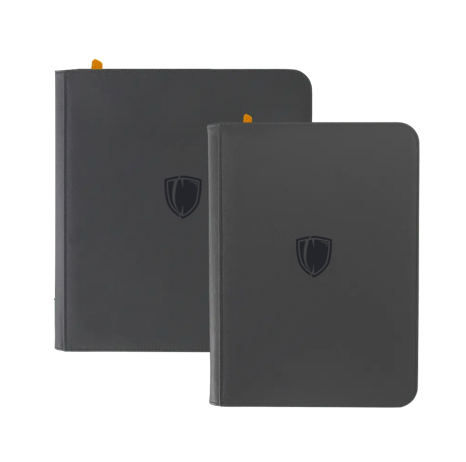
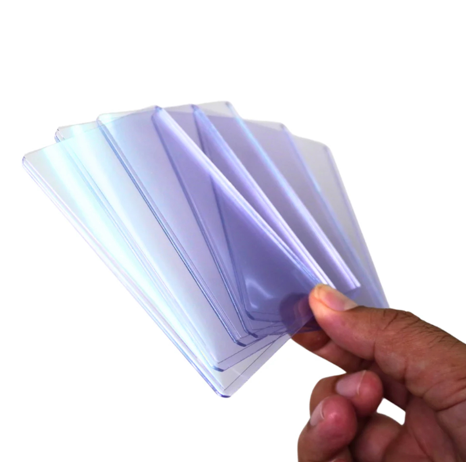
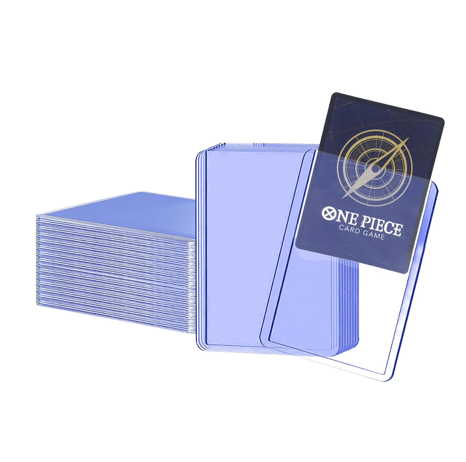
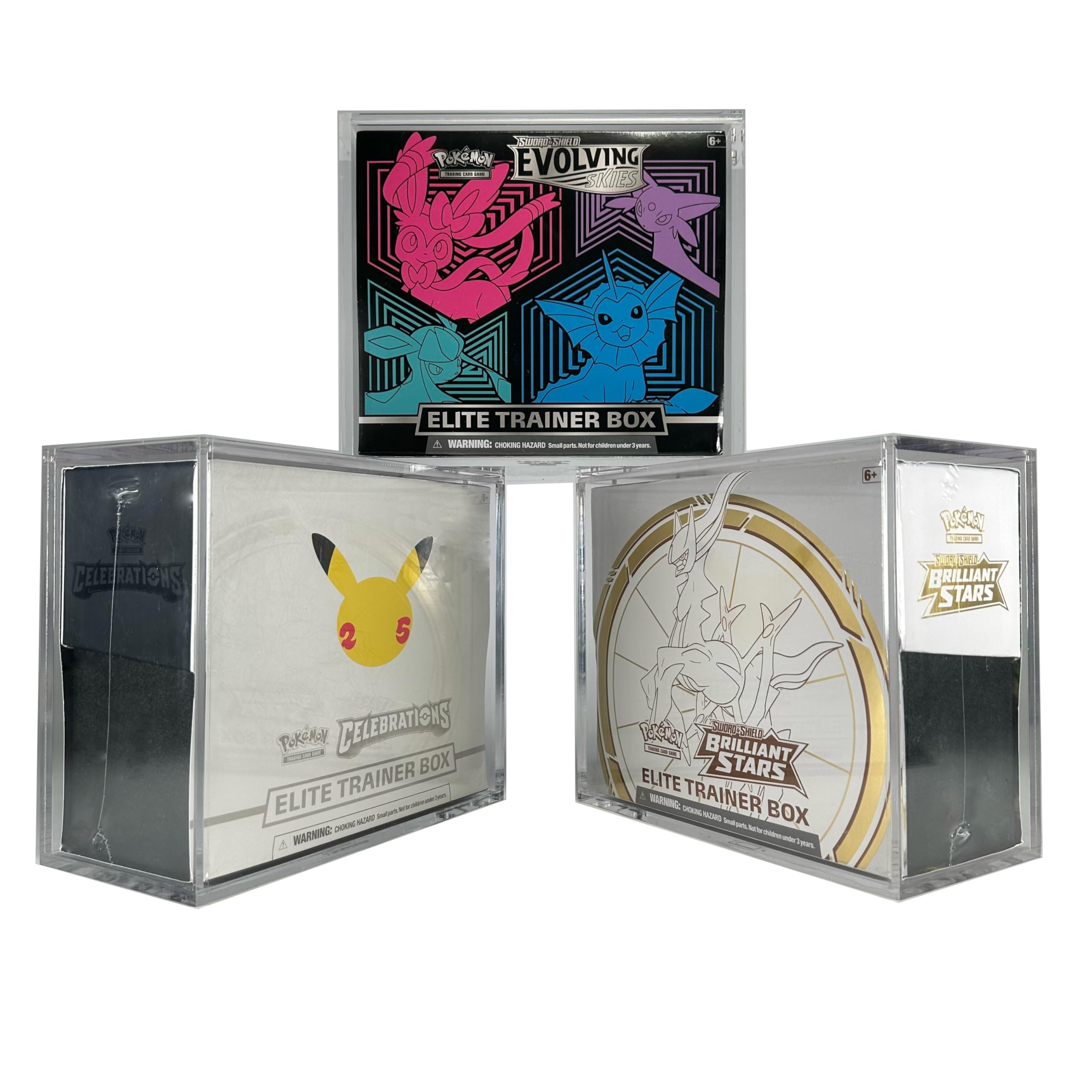
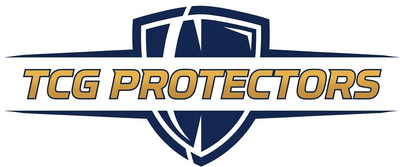
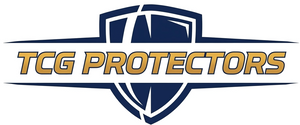


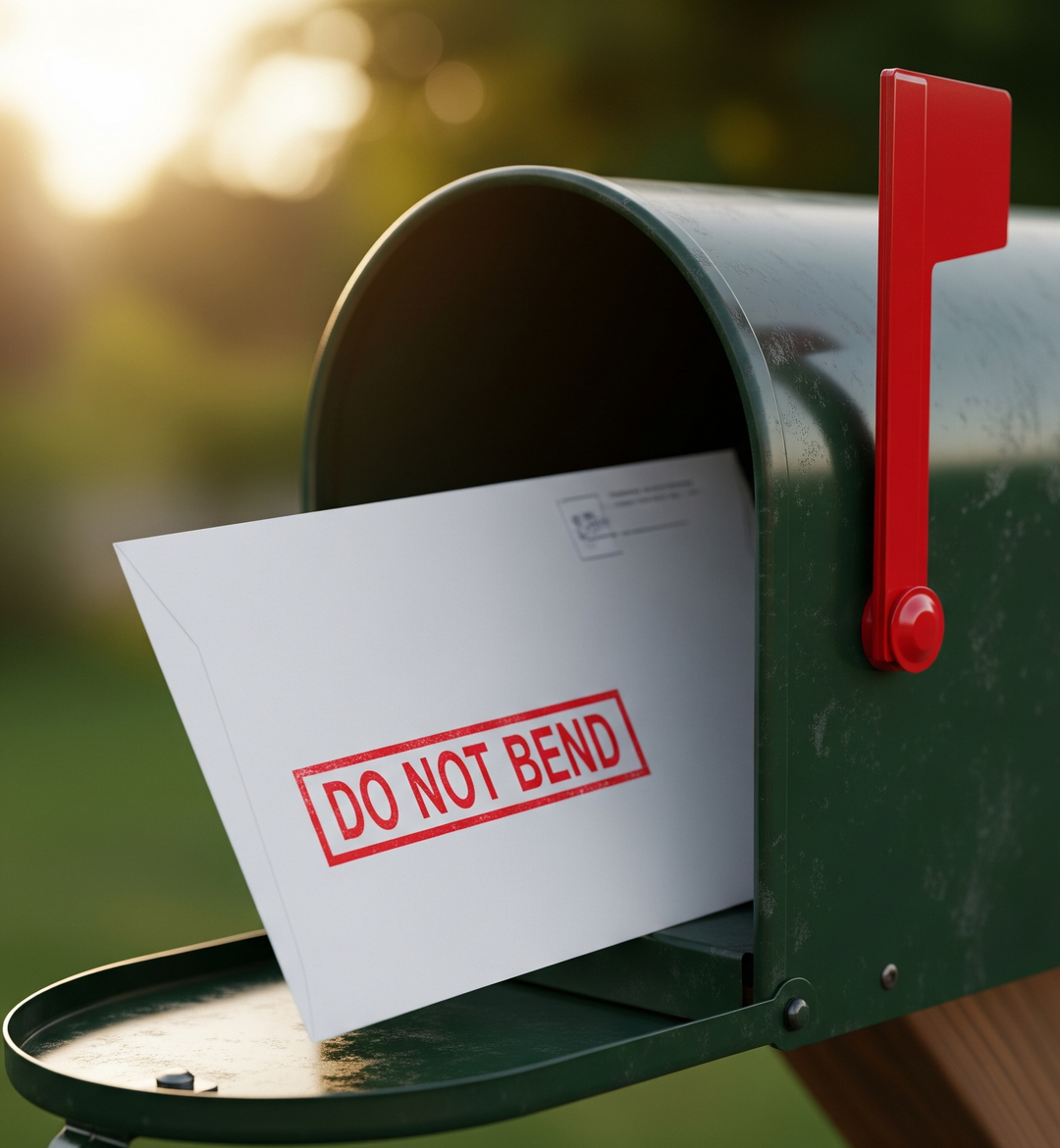
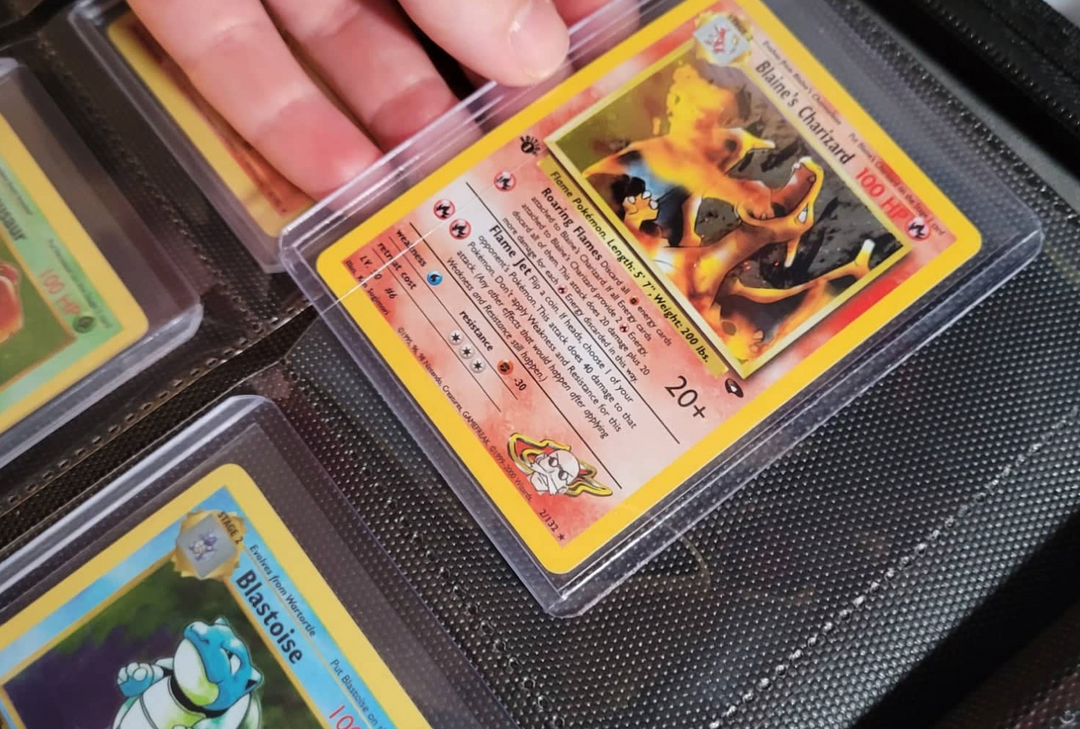
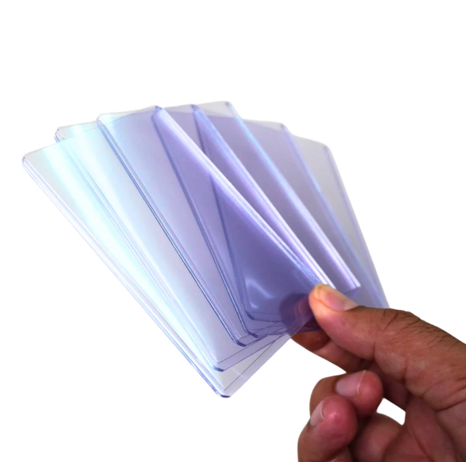
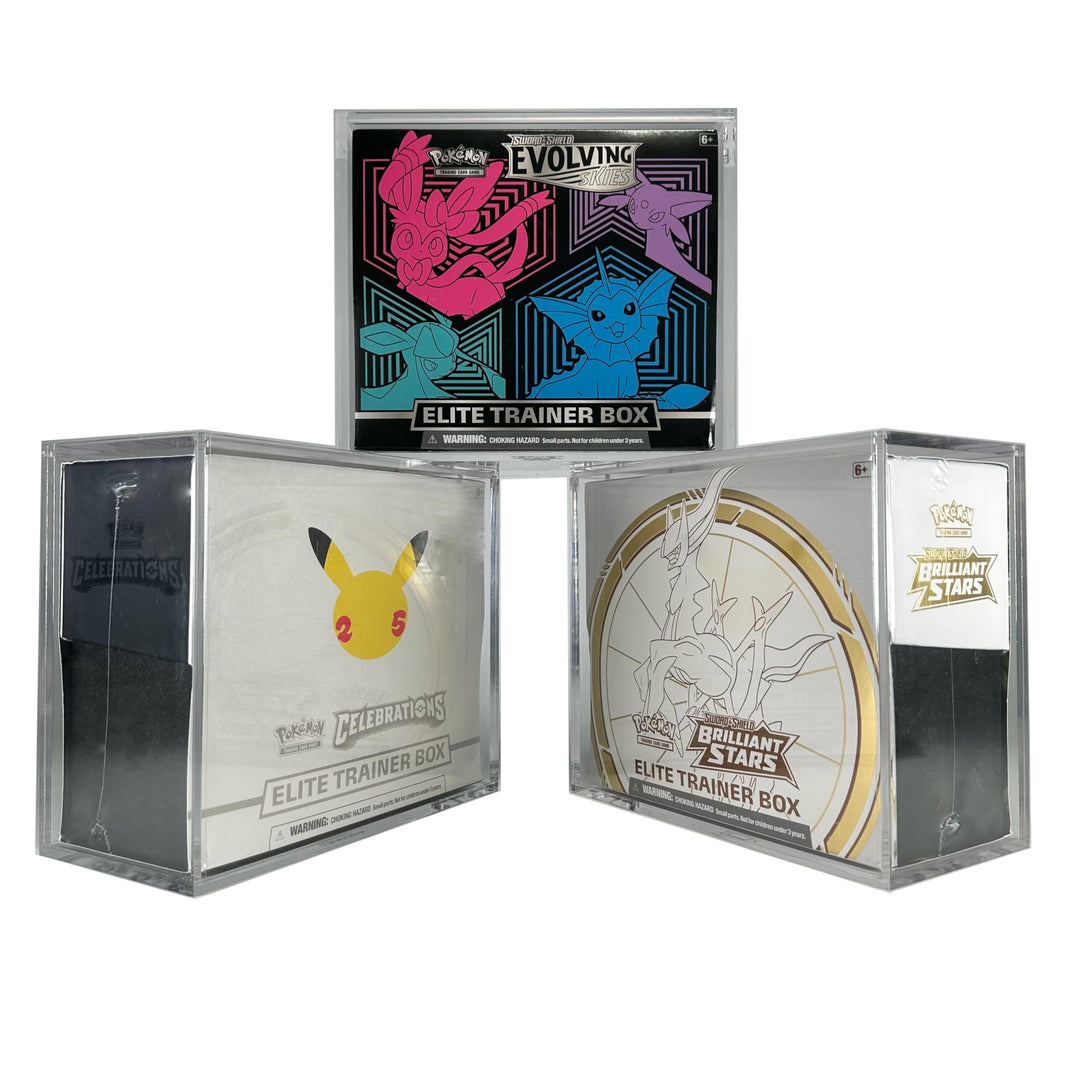
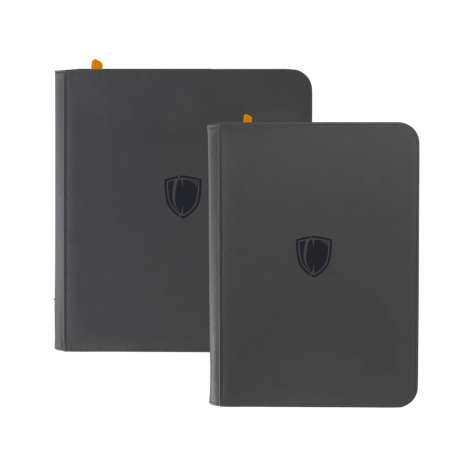
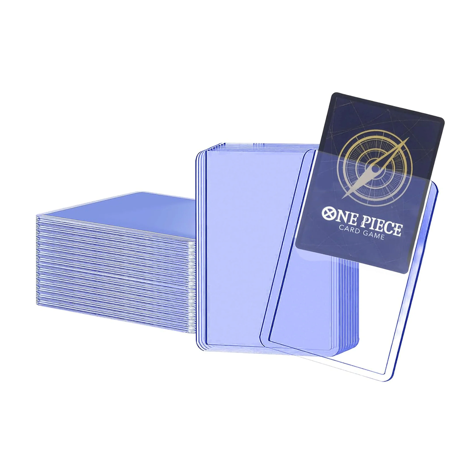
Leave a comment